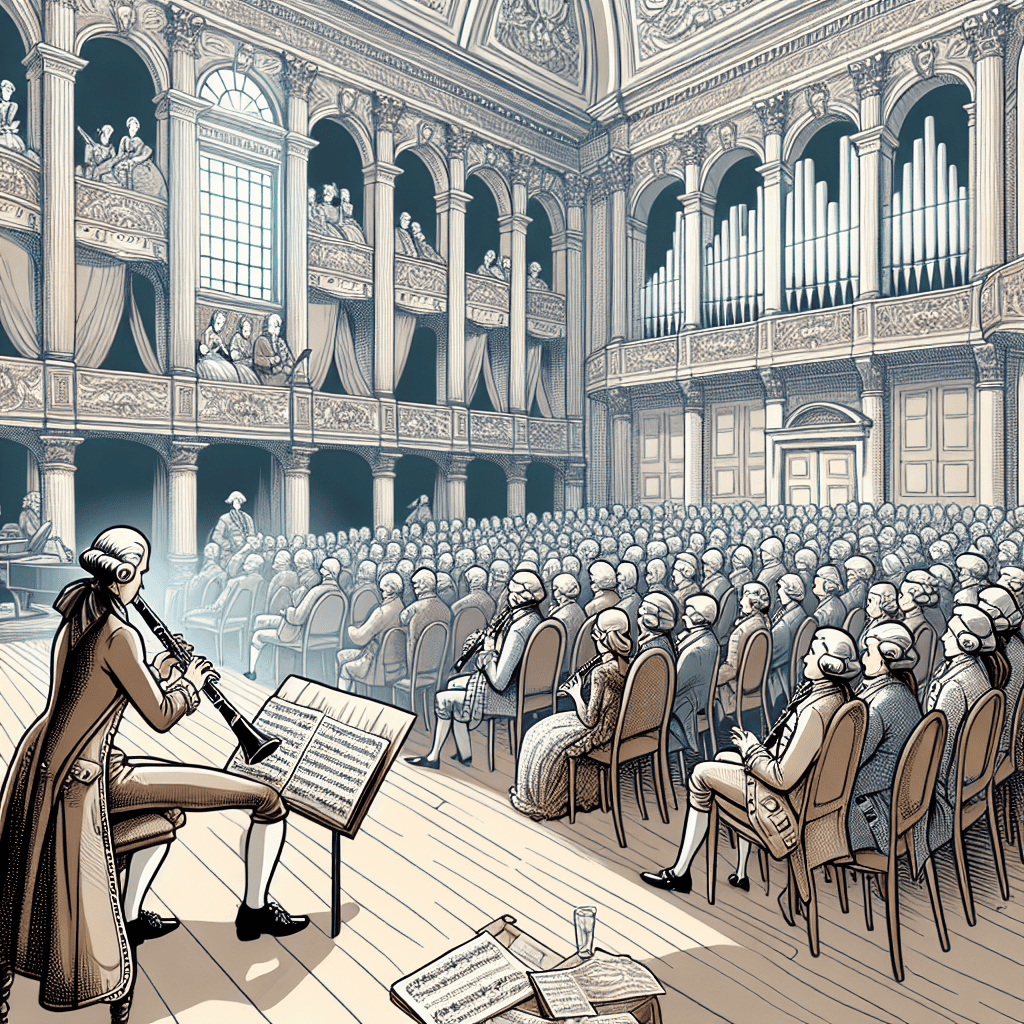The G# Minor scale, often overlooked, carries a wealth of historical significance, especially in clarinet music. From classical compositions to modern interpretations, this scale has shaped the sounds and emotions we associate with the clarinet. It's fascinating to explore how composers have used this scale across various musical eras, creating unique textures and tonal qualities that deeply resonate with listeners.

Clarinet Fingering Charts are always FREE at MartinFreres.net!
Historical Roots of the G# Minor Scale
The G# Minor scale's value stems from its rich history across musical periods. Composers have long used it to express deep emotions and tell complex stories. Its versatile nature provides a wide range of tonal colors, allowing clarinetists to create truly expressive performances.
Famous Composers and the G# Minor Scale
Renowned composers like Johannes Brahms and Claude Debussy favored this scale in their works:
- Brahms used it to evoke emotional depth in his chamber works.
- Debussy, the father of impressionism, showcased its ability to capture movement and richness.
Their compositions demonstrate how the G# Minor scale can create a sense of yearning and enhance atmospheric qualities in music.
Contemporary Use of G# Minor
The G# Minor scale isn't confined to classical music. Jazz clarinetists have embraced it for intricate arrangements and improvisations, highlighting its adaptability across various musical styles.
| Genre | Use of G# Minor Scale |
|---|---|
| Classical | Emotional depth, atmospheric qualities |
| Jazz | Improvisations, complex harmonies |
| Contemporary | Experimentation, blending genres |
Understanding the Theory
The G# Minor scale consists of the notes G#, A#, B, C#, D#, E, and F#. These notes create a mood that can be both melancholic and hauntingly beautiful, often serving as the backbone for emotionally charged pieces. Mastering this scale goes beyond playing the right notes; it's about capturing the essence of the music.
Practicing the G# Minor Scale
Working on the G# Minor scale helps players improve their technical skills and tap into the expressiveness of this minor key. Focus on:
- Dynamics: Vary the volume to add depth to your playing
- Phrasing: Shape musical lines to enhance the emotional impact
- Contrast: Highlight differences between soft and resonant notes
The Importance in Teaching
Many instructors emphasize the G# Minor scale in their lessons. By incorporating it into practice routines, students gain a deeper appreciation for how scales shape music. They also learn how scale variations influence chords and harmonies in their repertoire pieces.
Exploring Composers Who Used G# Minor
Studying the G# Minor scale opens doors to exploring works by composers known for their use of this scale. Examining pieces by Arnold Schoenberg or Jean Sibelius can provide insights into how this scale has been used in 20th-century music.
Historical Significance and Modern Relevance
The G# Minor scale holds a special place in clarinet music history. Its emotional depth and versatility ensure its relevance across generations, connecting past and present musical traditions. By mastering this scale, clarinetists can express themselves in powerful and moving ways.
Conclusion
Clarinet music is rich with wonder and excitement, and scales like G# Minor contribute significantly to this experience. They encourage players to explore beyond technical proficiency, entering a realm where music becomes a true form of expression. The G# Minor scale continues to inspire clarinetists, offering endless possibilities for storytelling and emotional conveyance through music.
Table of Contents
- Historical Roots of the G# Minor Scale
- Famous Composers and the G# Minor Scale
- Contemporary Use of G# Minor
- Understanding the Theory
- Practicing the G# Minor Scale
- The Importance in Teaching
- Exploring Composers Who Used G# Minor
- Historical Significance and Modern Relevance
- Conclusion








